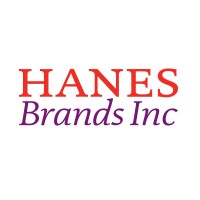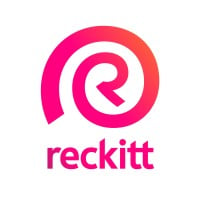Company Cyber Security Posture
NANA
NA Company Details
NA
NA
NA
NA
NA
NA
Scan still pending
NA
NA
Between 200 and 800
This score is AI-generated and less favored by cyber insurers, who prefer the TPRM score.
 NA Global Score
NA Global Score.png)

Company Scoring based on AI Models
| Model Name | Date | Description | Current Score Difference | Score |
|---|---|---|---|---|
| AVERAGE-Industry | 03-12-2025 | This score represents the average cybersecurity rating of companies already scanned within the same industry. It provides a benchmark to compare an individual company's security posture against its industry peers. | N/A | Between 200 and 800 |
Company Cyber Security News & History
| Entity | Type | Severity | Impact | Seen | Url ID | Details | View |
|---|
Company Subsidiaries

NA
Access Data Using Our API

Get company history
.png)
NA Cyber Security News
Digital transformation requires us to capitalise on change: SNEF’s Stephen Yee
Stephen Yee, Deputy Executive Director, Corporate Learning Centre and Workforce Transformation at Singapore National Employers Federation, Singapore, shares ...

NA Similar Companies

AB InBev
As a company, we dream big to create a future with more cheers. We are always looking to serve up new ways to meet life’s moments, move our industry forward and make a meaningful impact in the world. We are committed to building great brands that stand the test of time and to brewing the best beers

Vorwerk Group
For more than 140 years, Vorwerk has been an internationally active family-owned company focused on improving life everywhere we call home. Our superior products and services come with a human touch, from the way we develop and sell them, to the way they are used. Today, more than 100.000 people i

Asian Paints
They say home is where the heart is. Which is why, since 1942, we’ve been helping customers transform empty properties to homes by dressing them up in warm hues, pastel shades and cool colours, to create spaces that truly represent you. Asian Paints has a lot of identities. We have been India’s

Hanesbrands Inc.
HanesBrands (NYSE: HBI) makes everyday apparel that is known and loved by consumers around the world for comfort, quality and value. Among the company’s iconic brands are Hanes, the leading basic apparel brand in the United States; Bonds, which is setting new standards for design and sustainability;

EssilorLuxottica
We are EssilorLuxottica, a global leader in the design, manufacture and distribution of ophthalmic lenses, frames and sunglasses. Formed in 2018 by the combination of Essilor and Luxottica, our Company combines two centuries of innovation and human endeavour to elevate vision care and the consumer e

Reckitt
Every day, in everything we do, our purpose is to protect, heal and nurture in the relentless pursuit of a cleaner, healthier world. And we have a fight on our hands. A fight to make access to the highest quality hygiene, wellness and nourishment a right and not a privilege. Each of our products is

Frequently Asked Questions
Explore insights on cybersecurity incidents, risk posture, and Rankiteo's assessments.
NA CyberSecurity History Information
How many cyber incidents has NA faced?
Total Incidents: According to Rankiteo, NA has faced 0 incidents in the past.
What types of cybersecurity incidents have occurred at NA?
Incident Types: The types of cybersecurity incidents that have occurred include .
Additional Questions
What Do We Measure?
















Every week, Rankiteo analyzes billions of signals to give organizations a sharper, faster view of emerging risks. With deeper, more actionable intelligence at their fingertips, security teams can outpace threat actors, respond instantly to Zero-Day attacks, and dramatically shrink their risk exposure window.
These are some of the factors we use to calculate the overall score:
Identify exposed access points, detect misconfigured SSL certificates, and uncover vulnerabilities across the network infrastructure.
Gain visibility into the software components used within an organization to detect vulnerabilities, manage risk, and ensure supply chain security.
Monitor and manage all IT assets and their configurations to ensure accurate, real-time visibility across the company's technology environment.
Leverage real-time insights on active threats, malware campaigns, and emerging vulnerabilities to proactively defend against evolving cyberattacks.




